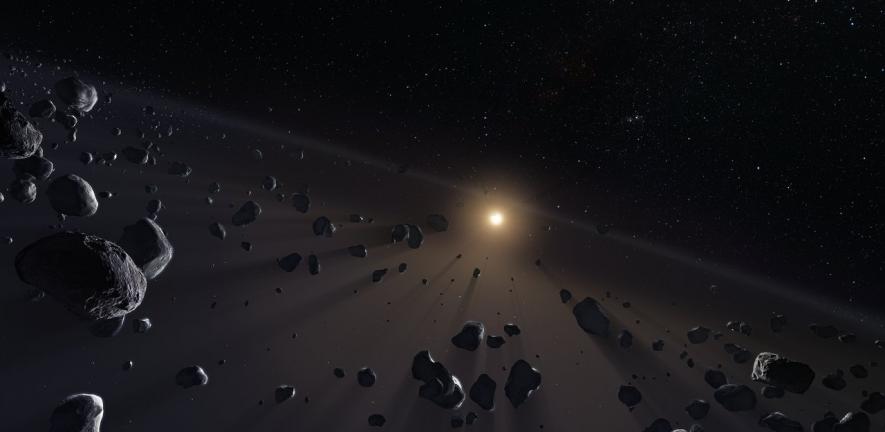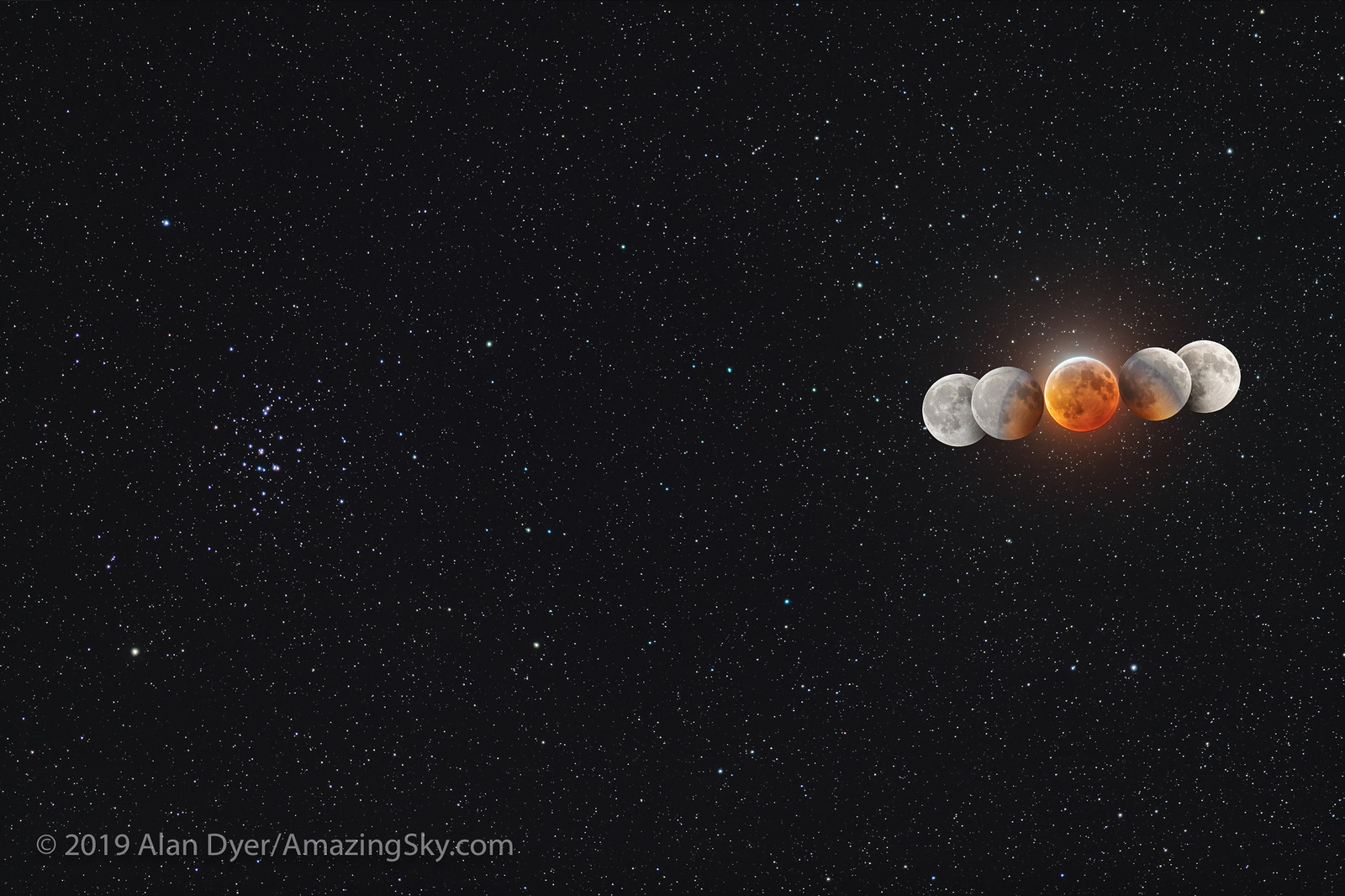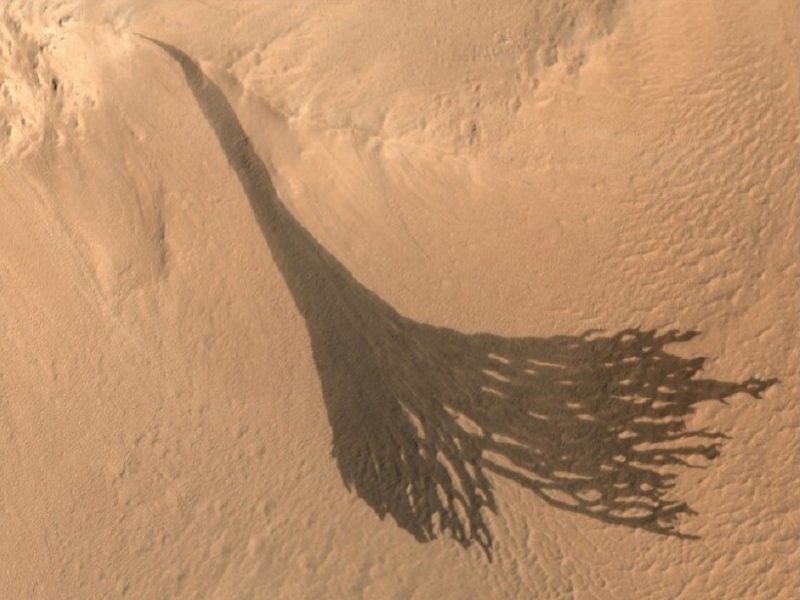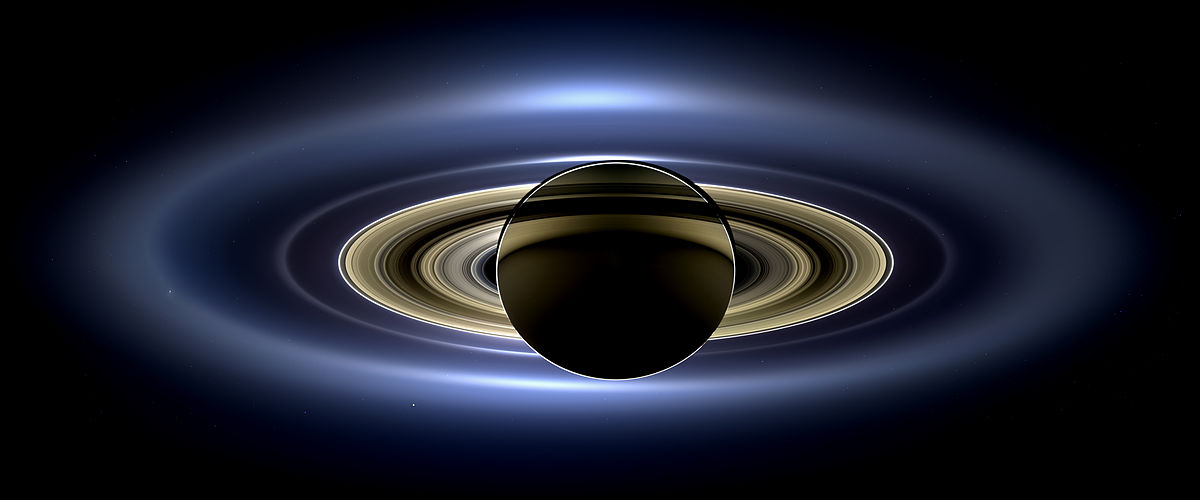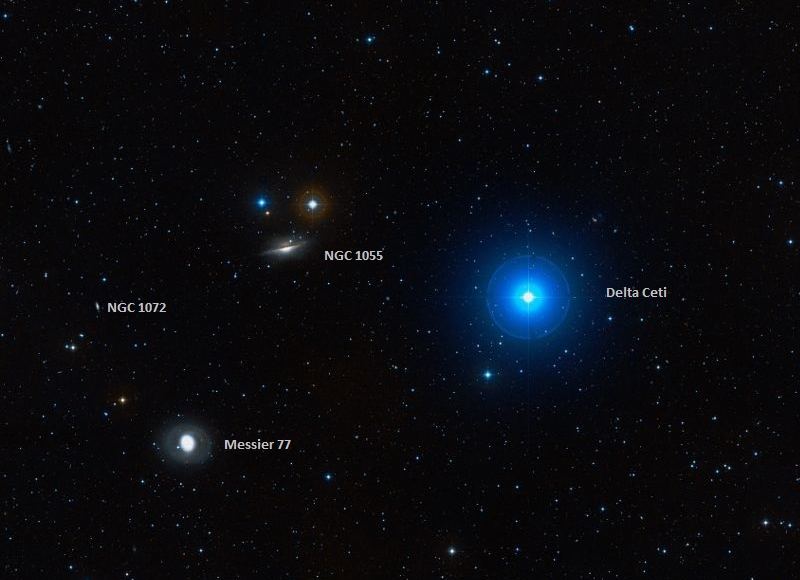Hosts:
Fraser Cain (universetoday.com / @fcain)
Dr. Morgan Rehnberg (MorganRehnberg.com / @MorganRehnberg & ChartYourWorld.org)
Marco is a self-declared Asteroid/Comet whisperer. He’s dabbled in citizen science for years, and he most recently flagged many changes on 67P when this was directly requested through the Rosetta Blog:
http://blogs.esa.int/rosetta/2016/06/03/the-changing-comet-call-for-contributions/ He is currently working on finding evidence for out gassing and stretch at Ultima Thule (similar to 67P), predicting an outburst for RYUGU when an impactor is fired into it in March, and helping with the engineering and physics of a propellant-less thruster based on capacitors called the IMFAB. Marco can be found on twitter at @marcoparigi1.
Announcements:
Want to support CosmoQuest? Here are specific ways you can help:
* Donate! (Streamlabs link) https://streamlabs.com/cosmoquestx
* Donate and challenge your friends to donate too! (Tiltify link) https://tiltify.com/+cosmoquest-supporters/hangoutathon2018
* Buy stuff from our Redbubble https://www.redbubble.com/people/cosmoquestx
* Help us find sponsors by sharing our program and fundraising efforts through your networks
* Become a Patreon of Astronomy Cast https://www.patreon.com/astronomycast
* Sponsor 365 Days of Astronomy http://bit.ly/sponsor365DoA
* A combination of the above!
If you would like to join the Weekly Space Hangout Crew, visit their site here and sign up. They’re a great team who can help you join our online discussions!
The All Stars Party, featuring Dr. Paul Sutter, Fraser Cain, Dr. Pamela Gay, John Michael Godier and Skylias, will be in Joshua Tree National Park this June – information is here at astrotours.co/allstars.
If you’d like to join Dr. Paul Sutter and Dr. Pamela Gay on their Cosmic Stories in the SouthWest Tour in August 2019, you can find the information at astrotours.co/southwest.
We record the Weekly Space Hangout every Wednesday at 5:00 pm Pacific / 8:00 pm Eastern. You can watch us live on Universe Today, or the Weekly Space Hangout YouTube page – Please subscribe!
The Weekly Space Hangout is a production of CosmoQuest.

